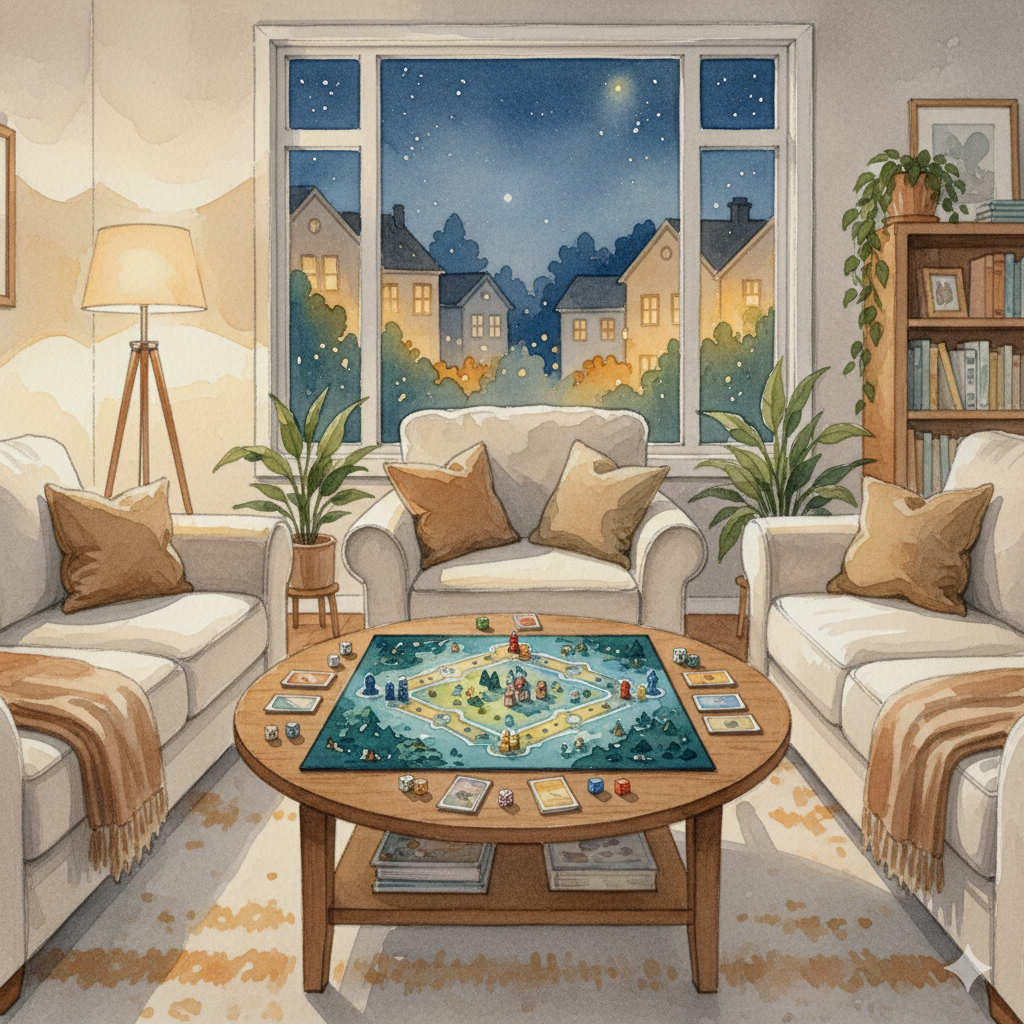How to White Pajamas
The car rolled up to the gates, and I already knew the drill. It had been a year and a half since the last time, but the memory felt close. The warmth of the air, the smiles on each face that greeted us, the quiet dignity in their movements. A small ritual welcomed us, along with a clipboard and a pen. Within minutes, we were led to our room, and handed our first instruction: to put on our white pajamas.
No explanation. No options. Just a reminder of what we had signed up for. This would be our uniform, day and night, for the next three weeks.
There’s something disarming about being told what to wear. Especially when the choice is removed so completely. The color, the shape, the fabric. All decided.
It felt oddly comforting.
Maybe it was because so much else would be decided too. What we’d eat. When we’d eat. How often we’d see the doctor. When to rest, when to stretch, when to move. It’s a rare thing, to enter a space where autonomy becomes unnecessary. Even rarer still to feel at peace with that.
This was an Ayurvedic detox program, called Panchakarma. Ayurveda, literally translated to the ‘science of life’, is a 5,000-year-old ancient form of Indian medicine that sees illness not as a disruption to be zapped away with quick fixes, but as something to understand, to gradually unwind.
Less than twenty guests are taken in at a time at the hospital my partner and I went to. It’s not a holiday. It’s not even really a retreat. It’s a hospital. A gentle, comfortable and luxurious one.
Where the primary prescription is silence, warm herbal oils massaged into your body twice a day, and meals made uniquely for your body’s state, determined each morning by the doctor’s assessment. We met with the doctor twice daily. And over time, I began to look forward not just to what he’d say, but to not needing to figure it out on my own.
We didn’t leave the grounds. Not once for three weeks. There was nothing to buy, nowhere to go. No packages arriving, no errands to attend to. Devices are only permitted only inside the bedroom. Music, reading, talking are all not allowed during meals. Eating was intentional, focused and peaceful. Each guest at their own small table. Just food and focus.
At first, all of this control felt strange. Mechanical. But soon, something shifted. The routine didn’t feel like restriction. It felt like rhythm.
We drank only warm water. Ginger-infused. Sometimes plain. The taste, initially flat, began to warm me from the inside. After a few days, I noticed I wasn’t missing cold drinks, or coffee, or dessert. I wasn’t missing anything, really.
The food was always prepared within the hour of being served. Fresh, simple, warm. No microwaves. No leftovers. Every meal nourishing in a way I hadn’t experienced before. Not indulgent, not sparse, just clean. I began to feel that in my joints, in my energy, in my sleep. Not because I slept more, but because I finally became aware of what it felt like to feel rested, instead of exhausted and crashing into unconsciousness each night.
My partner and I shared a room. We’d made the decision to come together, and it added a dimension I hadn’t expected. The vulnerability of sharing everything, including bodily discomforts, emotional waves, fears, and fatigue, brought us closer than many conversations ever could. Small acts emerged from that closeness without needing to be asked. Those gestures became part of our language for the three weeks.
There were moments when discomfort rose quickly. The treatments can be intense. They involve purging, not just metaphorically. Liquids going in and and coming out of most holes in our body. I didn’t need to react. I just needed to be still.
Something about being cared for so completely, without needing to solve, manage, or even understand everything, was deeply emotional. There was a tenderness I didn’t realize I had been craving: someone asking the right questions, placing their hands with trust, making food not to impress or entertain, but simply to help me feel whole.
After a few days, I stopped thinking about what day it was. Not in a relieved, vacation kind of way, but in a different way altogether. A slow dissolving of my sense of urgency. I began to use energy only when it was needed. And saved the rest for detoxing and healing.
The transformation wasn’t dramatic. It was gradual. Physical signs came first. A leaner body, lighter limbs, clearer skin, less tension in my shoulders. But the deeper shifts continued unfolding afterwards. A quieter mind. A softer heart. A feeling of being safe, of being held. Not by any one person, but by myself.
Last year, after my first time, I was so inspired by the experience that I wrote a short book detailing each day. I shared a draft with my parents, and they were curious enough to go later in the year. They still feel the benefits more than one year later to this day.
Not everyone will find their feet arriving at a place like this. The time, the cost, the logistics, are not always accessible. This is also why I wrote a book as I believe that many of the practices and philosophies, despite being ancient, are as applicable to this day and even more needed in a modern lifestyle.
The idea that silence can be healing. That food can be slow. That surrender is not abandoning ourselves but coming closer to who we really are beneath the choices and habits and preferences that usually define us.
Wearing white pajamas was required. But over time, it began to feel like a gift. A way to disappear and unearth oneself in the same breath.
And that is how I learned to white pajamas.
White Pajamas: 17 Days at an Ayurveda Luxury Wellness Retreat is available on Amazon in paperback and Kindle.






